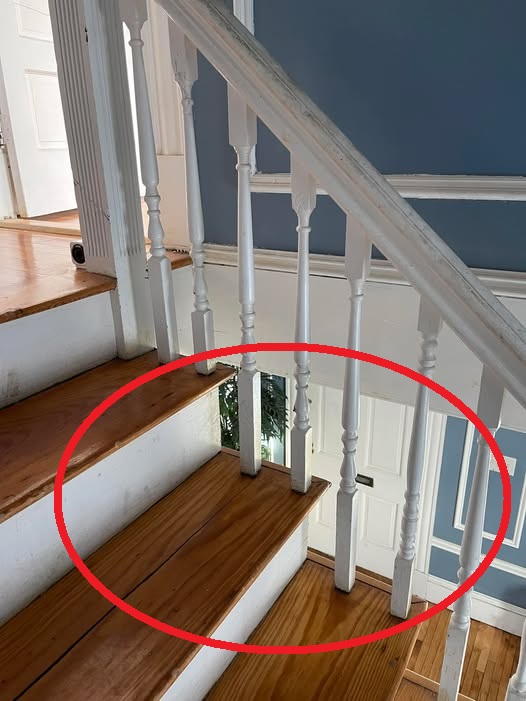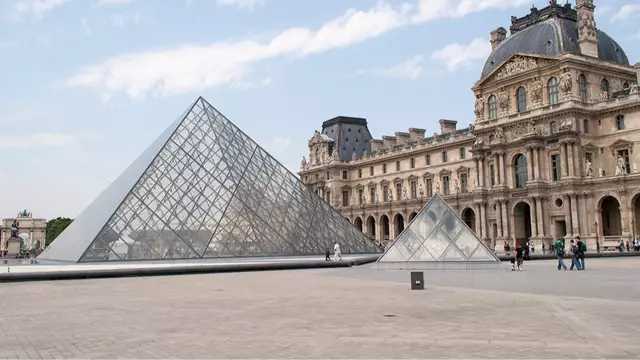Most of us walk up and down staircases without paying attention to the fine details, but there’s one curious feature in some older homes that might have a story to tell: a single baluster turned upside-down. At first glance, it might look like a carpenter’s mistake, but actually, this flipped spindle is often an intentional and meaningful choice.
Builders and architectural historians explain that the upside-down baluster symbolizes humility and respect. It’s a reminder that only a higher power—God—can create perfection. No matter how skilled, human craftsmanship will always hold minor flaws, and this small imperfection is a humble acknowledgment of that truth.
There’s also a more mysterious explanation rooted in superstition. Some believed that if a staircase was flawless, evil spirits, even the devil, could easily climb it and enter the home. Flipping one baluster was a way to introduce a harmless flaw that would block these dark forces, serving as a protective charm for the household, especially to guard the souls of those nearing death.
@ed_in_burgh a common feature in some Scottish homes is a single upside down baluster on the staircase. there are multiple theories as to why, some people say it is to ward off evil spirits, some say it’s in deference to God, and some people say it’s a secret code meant to signify support for Bonnie Prince Charlie centuries ago or Scottish independence today #expat #expatlife #cultureshock #expatinuk #scotland #edinburgh #devilsstaircase #superstition #pagan #jacobite #houseofstuart #scottishindependence #europeanhome #architecture
♬ Scottish Fiddle Jig – The Scottish Bagpipes Highland Pipes
Learning this changes how you see staircases. Many traditional homes have wide steps and visible balusters, where this tiny but powerful symbol might be hiding in plain sight. It’s fascinating—and a little spooky—to think that someone decades or even centuries ago placed this small “defect” to convey such deep meaning.
Now, every time you climb stairs, you might glance a little closer, wondering if you’ll spot an upside-down baluster. This hidden feature connects us to history, faith, and the stories quietly embedded in the woodwork of our homes.


